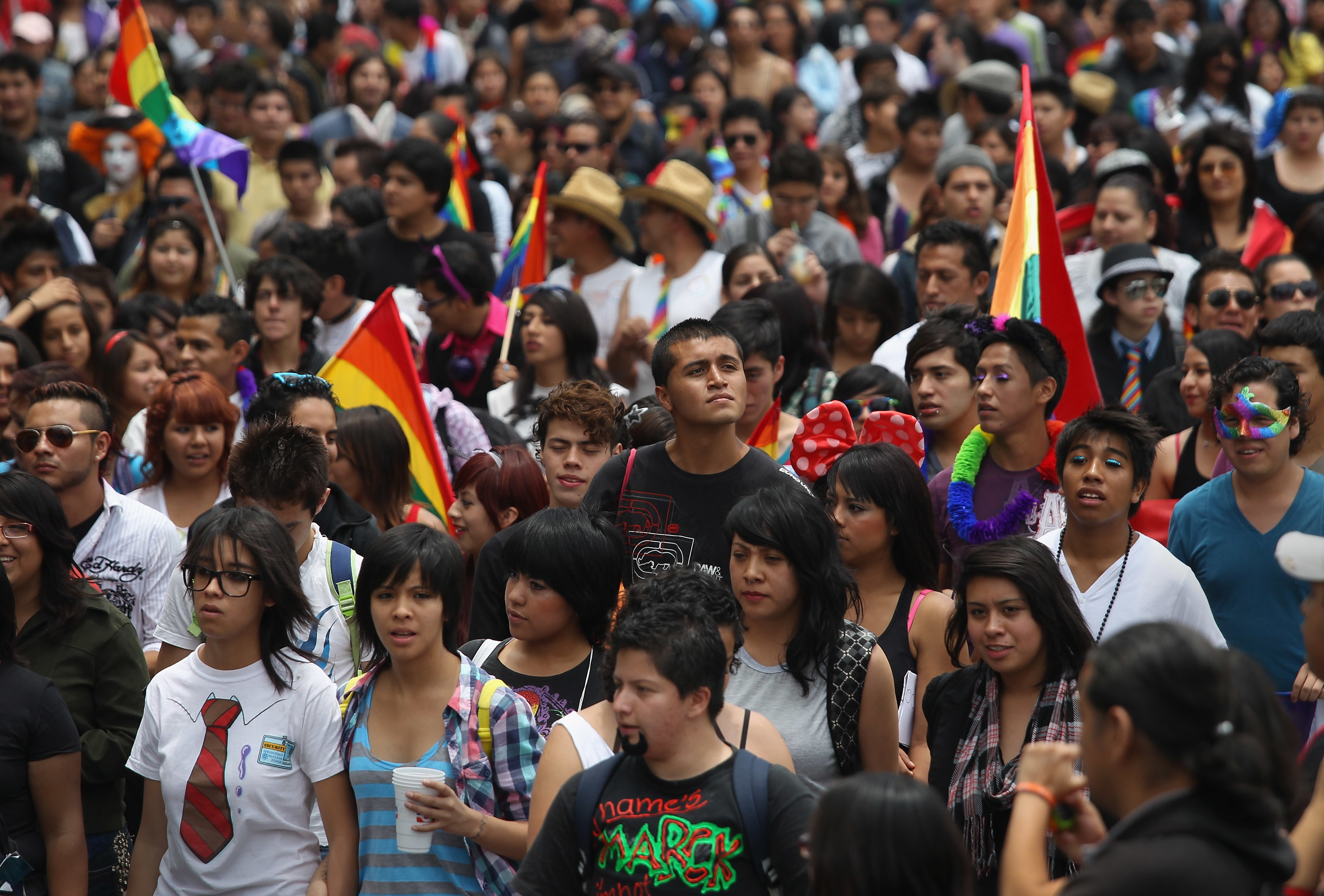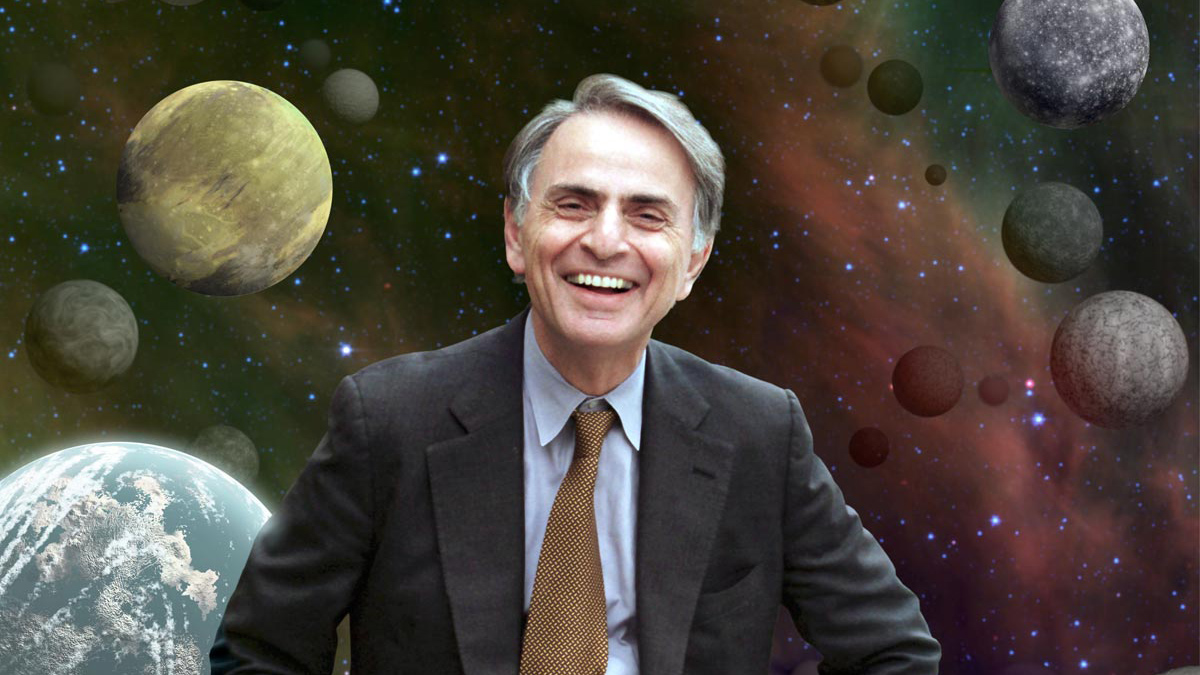For four decades, gay rights activists and couples who appealed to the courts for the right to marry their partners were fighting against a legal system. The real battle, however, was against public perception. Evan Wolfson, founder of the national bipartisan organization Freedom to Marry, outlines the strategy that transformed public understanding and led to a triumph in the Supreme Court in June 2015. It wasn’t the legal appeals or height of the headlines that brought marriage equality to gay people, Wolfson says, rather it was millions of quieter, more personal conversations “around coffee tables and living rooms and water coolers in offices” that became the necessary engine of change. It’s much more difficult to deny a person a basic human right one on one, face to face. Wolfson opens his strategic playbook to Americans in a time of cavernous political division. “The elements of success [of Freedom to Marry] are very applicable and adaptable… for other causes, other organizations, other countries, other ways of moving our society forward, getting our country back on track, and making a better world,” he says. Wolfson and the marriage equality story are the subject of the new documentary The Freedom to Marry, in cinemas now.
Evan Wolfson: Gay people have been seeking the freedom to marry in the United States since what we talk about as the dawn of the modern gay rights movement. We usually date that movement's beginning a little erroneously to Stonewall and the pushback against police harassment that was pervasive at the time here in New York City at the Stonewall Inn in 1969.
So within three years of Stonewall there were major cases brought by couples seeking the freedom to marry all across the country, percolating through the courts all the way up, and one of them even reached the United States Supreme Court in 1972. The Supreme Court in 1972, like all the other courts, rubber-stamped the discrimination throughout those couples. The courts weren't ready, the conversation hadn’t yet happened, and the country wasn't ready.
Well, the goal of the Freedom to Marry, the goal of our strategy and the goal that many in our movement rallied around over these four-plus decades was to get the Supreme Court to say “yes” to what it had said “no” to in 1972. But the strategy said that the way we're going to do that is not just by filing more briefs or leaving it to the lawyers alone, but instead by shaping the entire climate in which the decision makers, including judges and the justices, were thinking about this.
In other words while litigation was the way in which we were going to deliver the victory, in order for litigation to succeed we needed to win in the court of public opinion in order to win in the court of law.
My favorite passage came in the case in which we won the freedom to marry and brought the freedom to marry to Utah, one of the most conservative states in the country. And the judge in the Utah Freedom to Marry case wrote: "it's not the Constitution that has changed; what has changed is our understanding of what it means to be lesbian or gay."
Well, that sentence encapsulated the entire strategy and it encapsulated how all this work by so many different organizations and millions of people contributed to delivering a litigation victory.
We had to change people's understanding of who gay people are. We had to claim the vocabulary of marriage, love, commitment, family, connection. We had to engage people, as well as decision-makers, in the shared values of treating others as you'd want to be treated, of seeing the common humanity and aspirations and dreams of gay people.
So we looked consciously for the kinds of tactics and ways in which we could make that persuasion, that set of conversations happen.
One example is we did not write people off. We very much looked at who the people who were not yet with us, but who were reachable—what I call the reachable but not yet reached—and how do we most effectively engage them? Clearly we knew that conversation would be the engine of change, both this “air-cover” of political ads and debate and news coverage and popular culture but also the quiet persuasion needed to get people, both gay and non-gay people, to talk to others around them.
The air cover was the public debate. And some of that debate came through battles, attacks from the anti-gay side, discussions in the legislatures, coverage on the news as well as popular culture, softer presentations of who we gave people are whether through TV shows like Will and Grace or people coming out like Ellen DeGeneres, but also all of this discussion up here that created a climate that encouraged people to talk about this, that helped frame the discussion, that gave people images.
But what closes the deal is not this air cover, it's the ground game, the personal conversations, the millions of conversations around coffee tables and living rooms and water coolers in offices. The personal engagement, the one on one discussions that gay people needed to have with the non-gay people in our lives and that we needed non-gay people to be having with each other in order to talk through what people may be seeing or hearing up here in the air cover.
The air cover helped move things forward. It was a necessary part of reverberating and framing and generating millions of conversations, but it was the conversation, the ground game that was the closer, that was the necessary engine of change.
And so, by looking to who you want to persuade: what are their values? What are the commonalities? What are the stories and who are the messengers and what is the drumbeat and ways of engaging people where they are? That is the way you bring over a slice. You don’t need everybody, but you need enough. That’s what we were able to achieve, and if gay people can go from 27 percent support for the freedom to marry, which is what it was in the 90s, to 63 percent support that we had grown to by the time that we won the Supreme Court in 2015, if gay people can do that, surely we can make the kind of progress we need to get our country back on track on other fronts, where we are starting from a higher baseline to begin with.
Clearly some of the elements of the Freedom to Marry playbook are very relevant for the Democrats, they are very relevant for all the different causes. There’s no one cookie cutter strategy, but the playbook and the elements of success are very applicable and adaptable to other work at hand for other causes, other organizations, other countries, other ways of moving our society forward, getting our country back on track, and making a better world.
And history tells us, including our own history of winning the freedom to marry, that we can change things. We the people can do it, and it’s up to us to do it. We have the tools, we have the opportunity—we certainly have the urgency— and we have each other.





